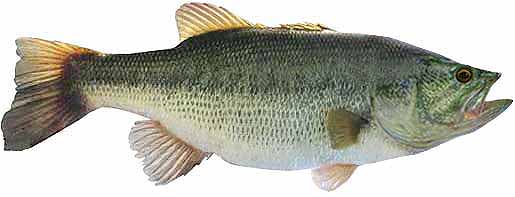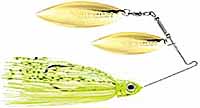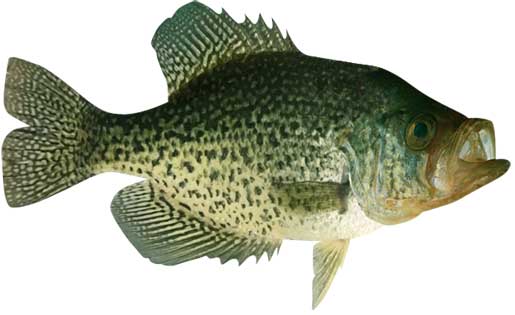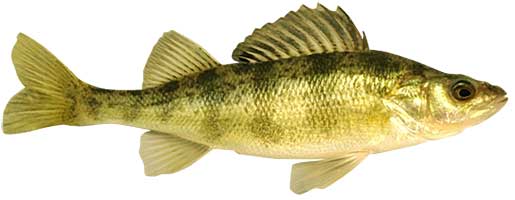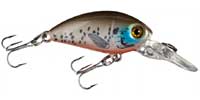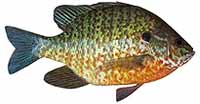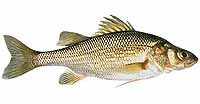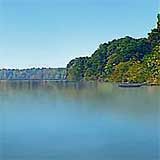Fishing Report For Long Pond, MA
By Rick Seaman
July 26, 2025
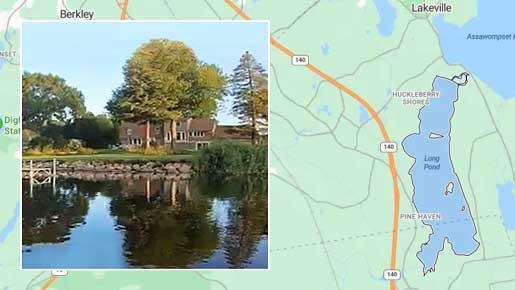
Fishing Reports
Popular Fish Species Long Pond, Lakeville MA
Largemouth Bass
Current Report: Good To Very Good
SUMMER. Bass are feeding shallow early and late in the day, where they are being caught on topwater, vibrating jigs, crankbaits and swimbaits. Wacky-rigged stick worms are catching finicky bass when the bite is slow. Largemouth bass here feed on gizzard shad, small sunfish and crawfish. During the hotter parts of the day, they are being caught on points, channel edges, and ledges 10 to 25 feet deep. The best reports seem to be from anglers fishing around submerged cover.
FALL. As Fall arrives, bass here will follow schools of baitfish into coves and shallow bays, where spoons, swimbaits, and slow-rolled spinnerbaits have been successful in prior years.
WINTER. Winter will isolate them around slightly deeper structure, flats, points and creek channels. They can be found from 25 to 30 feet deep. Here they hold, feeding less frequently, awaiting warmer water to return in Spring.
SPRING. Once water temperatures rise into the high 50's, largemouth will move from deep wintering spots to shallower water just outside spawning areas. Jerkbaits, spinnerbaits and vibrating jigs typically get bites just away from the shoreline. At this time they are starting to get focused on the spawn. Once water warms into the mid to high 60's, they will move into 1 to 4 feet of water, and create nests, then lay their eggs. Immediately afterwards, females move to deeper water and males remain to guard the eggs, and then the fry. After a couple weeks, the males also move to slightly deeper water. Crankbaits, vibrating jigs, plastic worms and swimbaits are catching bass during this period.
Black Crappie
Current Report: Good
SUMMER. Water temperatures are currently in the mid to high 70's, and crappie fishing has been good. Now that the spawn is over, and the hot Summer sun is warming the shallows, crappie have retreated to depths of 8 to 10 feet, or embedded in the shade of heavy, shallower vegetation. Anglers are also locating schools of crappie hanging over deep, creek channel edges.
FALL. Baitfish, which are moving into shallow flats, coves and bays, are drawing crappie into these areas, where they are feeding heavily in preparation for the cold Winter. Small spoons are a good option during this feeding marathon.
WINTER. Once the shallows start cooling rapidly, crappie will migrate to deeper holding areas, mostly off shore. At this time they are typically caught using a very slow presentation, in 8 to 10 feet of water. Even though they are typically not on the bottom, they are relating to some cover, or structure change, directly below them.
SPRING. In early Spring, crappie begin staging in 6 to 8 feet of water, just outside spawning areas. Spring is prime time to be on the water, as crappie have moved shallow to spawn, and are actively feeding. At that time, they are typically caught in 2 to 4 feet of water. Docks, brush, wood and vegetation are where most anglers are catching good numbers using small crappie jigs or live minnows. After the spawn, crappie move outside the spawning area and hold on the closest cover. Once they move off the beds, anglers are reporting good success around deeper vegetation cover. Light tackle with 4 lb to 8 lb line is a popular choice.
Yellow Perch
Current Report: Good
SUMMER. Fat yellow perch here feed primarily on small fish and invertebrates. Baits used shallow in Spring, continue to work now that the shallows are warming, but they are being caught in slightly deeper water. Seek them out around 8 feet deep, around drop-offs and areas with submerged vegetation.
FALL. Fall finds yellow perch feeding aggressively and migrating toward Winter holding areas, often in the deeper pools of areas where rivers and creeks flow into the lake.
WINTER. The cold of winter drives perch deeper again in search of food and the warmest water conditions. Perch are also being caught when they are feeding in weedy areas, in 7 to 10 of water. Good catches are being reported using minnows, spoons, underspins, and jigs tipped with nightcrawlers.
SPRING. Perch spawn in Spring when the water temperature warms to the mid 50's to mid 60's. At that time, anglers begin to catch them shallow using minnows, mealworms, maggots, and nightcrawlers. Docks, bridges, vegetation, fallen trees and brush all attract yellow perch searching for a meal.
Fishing Video
Fish species to fish for...
Guide to fishing for largemouth bass, black crappie, bluegill, pumpkinseed sunfish, white perch, yellow perch and chain pickerel at Long Pond in Massachusetts.

Long Pond is a 200-acre lake with about 11 miles of shoreline. Popular fish species include largemouth bass, crappie, chain pickerel, yellow perch and sunfish. Access for fishing from the bank is very limited.
Primary fish species to catch
Click images for fishing tips and details about each species.
Today's Weather & Forecast
Public Boat Launch Ramps & Landings
Click here for boat ramps.
Marinas
Click here for marinas.
Fishing License
Click here for a Massachusetts Fishing License.
Map - Fishing & Access
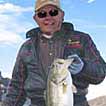
Rick Seaman is a fishing enthusiast with over five decades of fishing experience, a retired tournament fisherman, author of numerous published articles on fishing, and co-author of the book "Bass Fishing - It's not WHAT you throw, It's WHERE you throw it".
Contact Information
Long Pond
Long Pond Association
Lakeville and East Freetown, MA
203 Hemlock Shore Road
Lakeville, MA 02347
Fishing lakes in each state
072625
Long Pond, Massachusetts Report
MASSACHUSETTS


Information about fishing lakes in Massachusetts
Fishing for bass, walleye, trout, sunfish, perch and pike at Long Pond in southeast Massachusetts.


